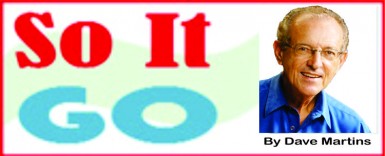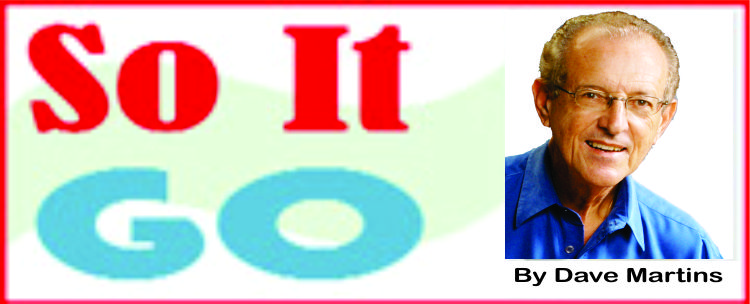There will be disputations about this one, but I will stand my ground: overall, in a region of powerhouses, with many different island cultures competing, the Jamaican version today is probably the most dynamic of them all. In its diversity, in its quality, and in the reputation it holds on so many international stages, it is a body of significant achievement, and even its closest challenger, Trinidad and Tobago, is not quite there; the achievements are widespread and impressive.
In the field of literature, Jamaica has produced a coterie of significant writers – Andrew Salkey; Lorna Goodison; John Hearne; Mervyn Morris; John Mordecai (his name is not well known but he merits mention) who have made a name for their country in their writings. Year after year, the works are produced, many of them relying proudly on the Jamaican dialect which is not understandable to all outside the island. A high point for this devotion is the annual Calabash Festival which brings together writers and adjudicators from around the world, not just the Caribbean, in an impressive recognition of things accomplished.
The island’s reputation in painting is also secure with a range of styles and genres, and to stroll through Jamaica’s museums and art galleries is to be amazed at the level and, for such a small nation, the maturity of the work. Barrington Watson, one of my favourites, is known for his dense renderings of scenery and individual portraits, but for me his true genius is in the black-and-white pen drawings he makes of the female form as a prelude to his paintings. The grace and balance of those drawings are breath-taking and Jamaica has many like Barrington with similar gifts. In sculpture, the Kingston Museum is a motherlode of beautiful work (much of Edna Manley’s art is there), and an hour spent there will leave even the skeptical impressed.

Jamaica’s successes in sport have been phenomenal. The country’s ability to produce so many world-class track stars, male and female, is a remarkable achievement for so small a nation, and it is no longer a novelty to see athletes being introduced on television before an important race with several of the favourites being Jamaican. Furthermore, Jamaica was the country leading the Caribbean with gold-medal Olympic success going back to the days of Arthur Wint and Herb McKinley. Indeed, articles and even books have been written about the country’s success in its sports development model which is now being copied by other larger nations. Jamaican athletes such as Usain Bolt are some of the most recognizable persons in the world; just their face on a television screen draws roars from the crowd.
More striking still is the fact that several aspects of the Jamaican culture have been adopted by countries around the world. Jamaican foods – jerk; patties; rice and peas – are now common menu items in places thousands of miles away from Jamaica, and the Rasta look frequently shows up in the most diverse locations. Sometimes not necessarily genuine, the behaviour is a demonstration of the impact this country of some 3,000,000 people has made on its world. Indeed, in recent times, we are seeing big business ventures in North America and Europe using Jamaican images, aspects, and, most intriguingly, even language to market products to their own people. The recent instance of a European car commercial using a Jamaican character in a sales video is one example of this, but we are also now seeing at least two performers on the American comedy circuit using the intact Jamaican dialect in their stand-up shows.
Although there are serious concerns about its problems with unemployment and crime, as well as the degrading situation of its ghetto dons benefitting from a life of violence, to look at our region is to see Jamaica culture being noticed and copied; our musicians here are jumping on the bandwagon, the Jamaican flag is instantly identified everywhere (it even shows up frequently in the dress of young people) and at least one restaurant in Georgetown is doing good business selling “Jamaican patties” alongside the cow-heel soup.
They have had their ups and downs, and they still have some problems to fix, but all in all you have to take your hat off to “dem Jamaicans.” They have made their mark






